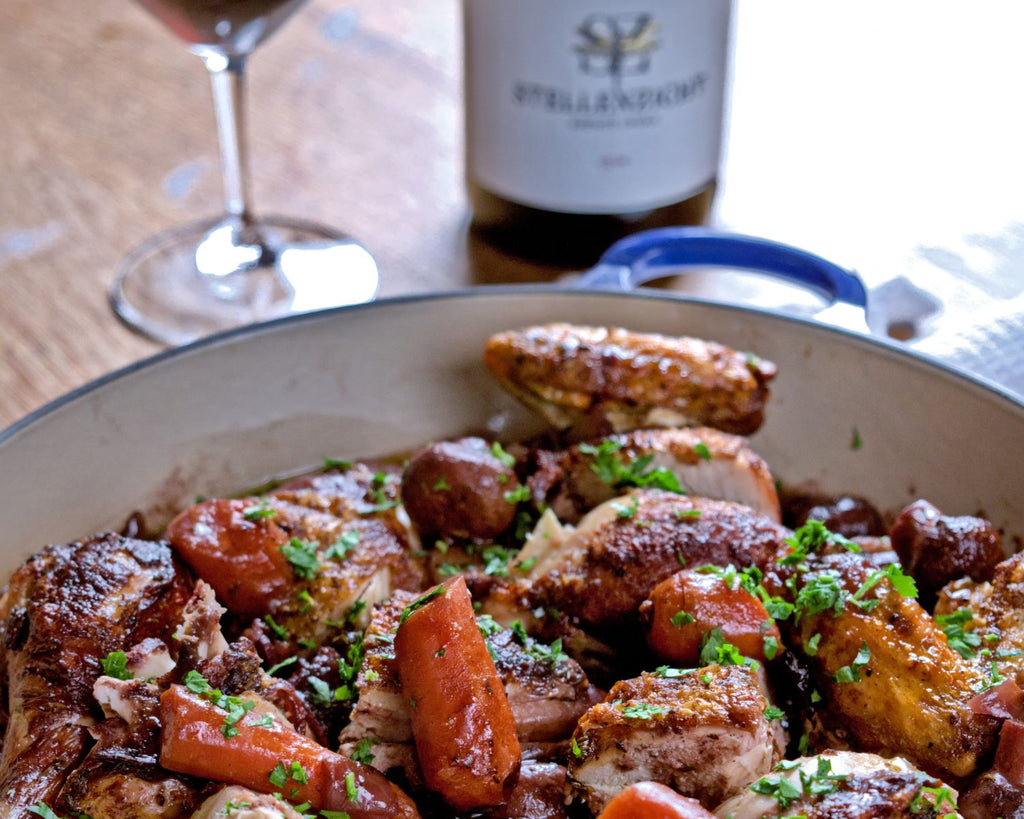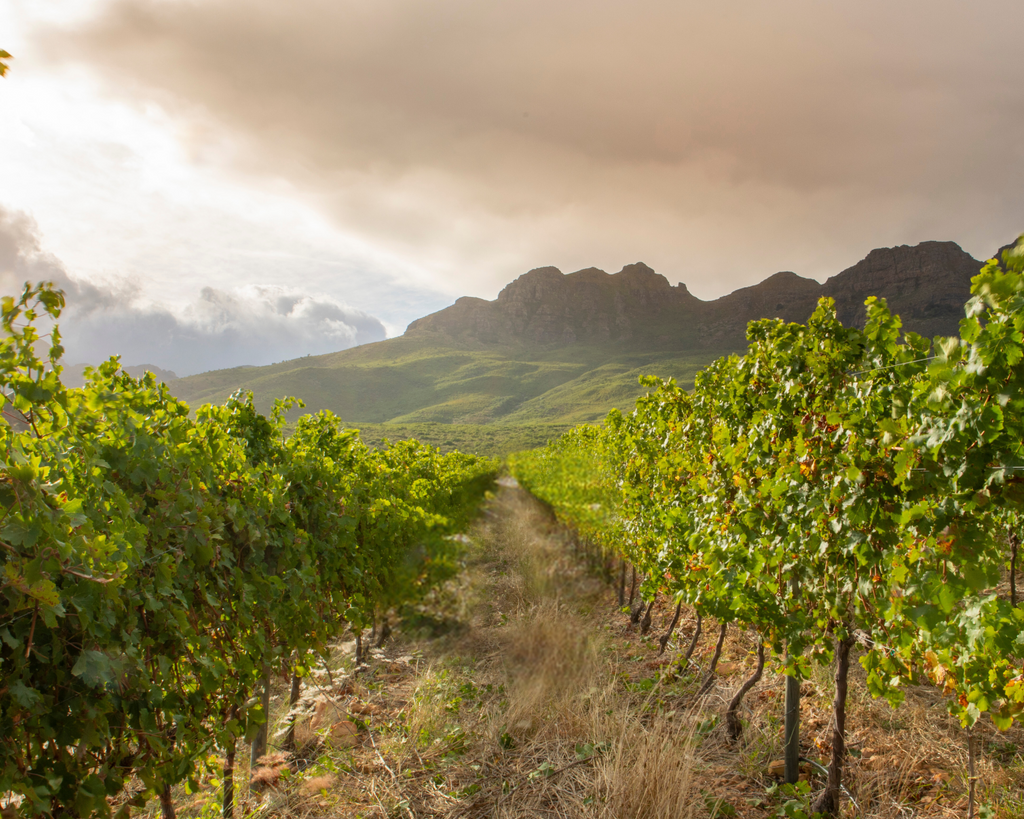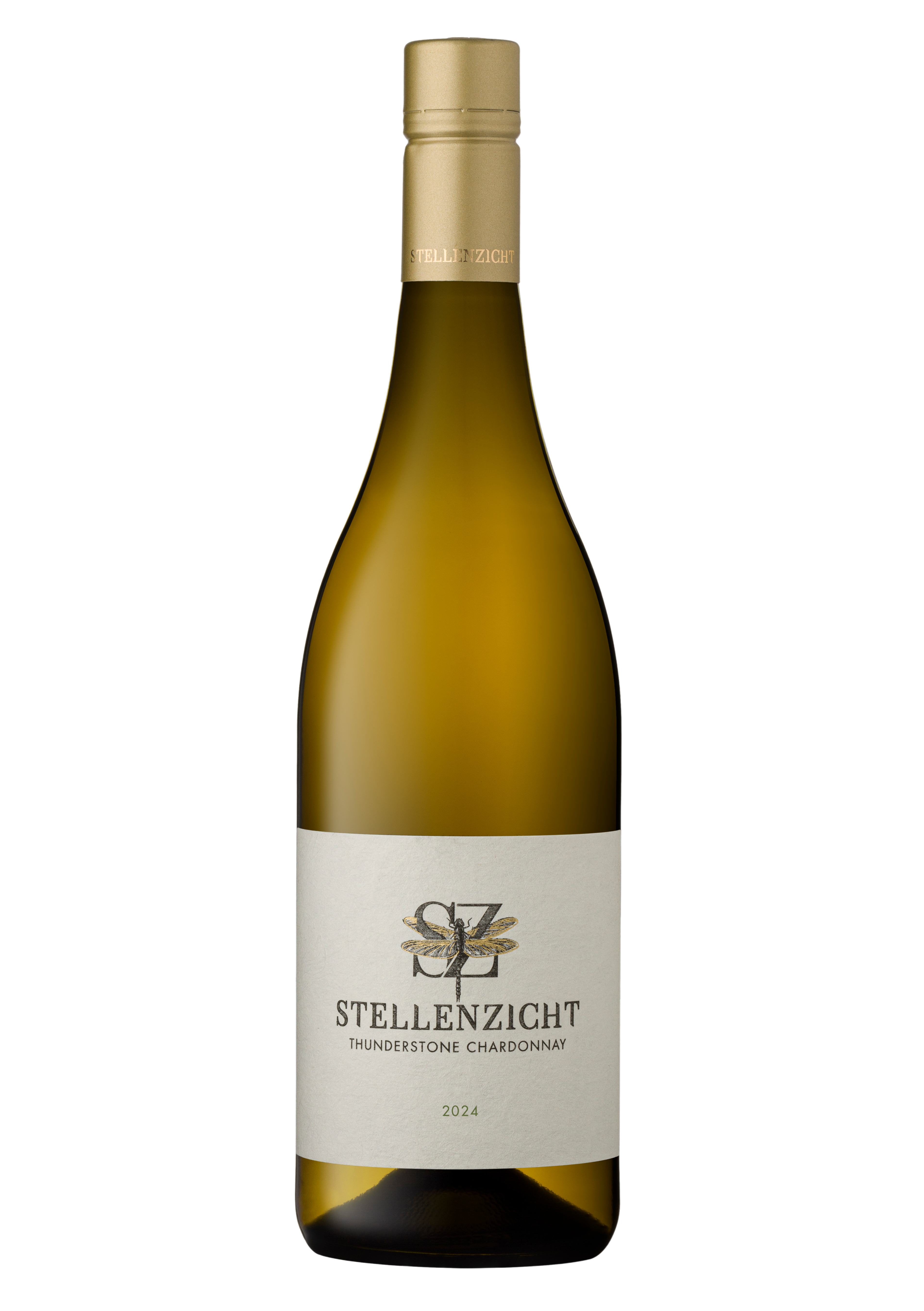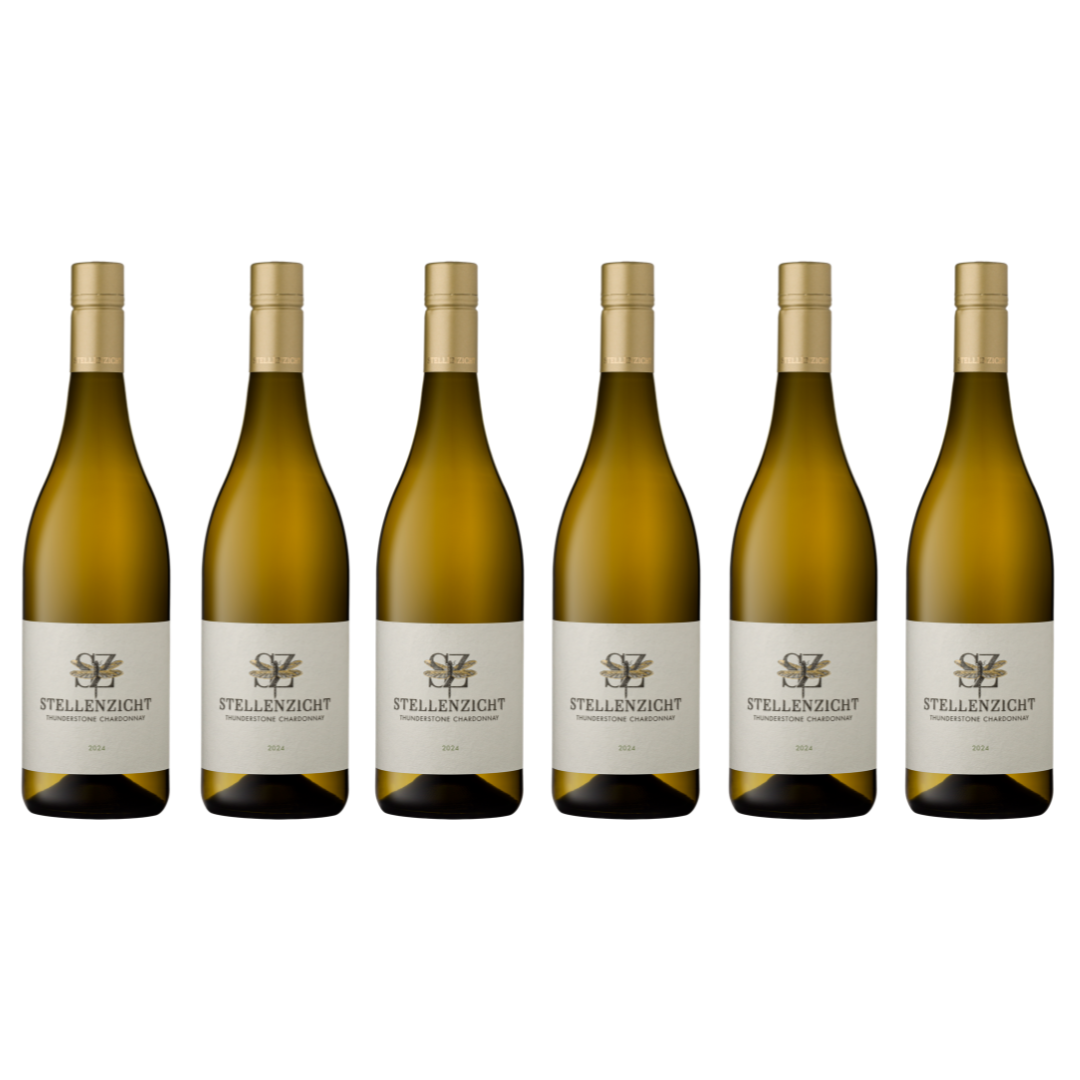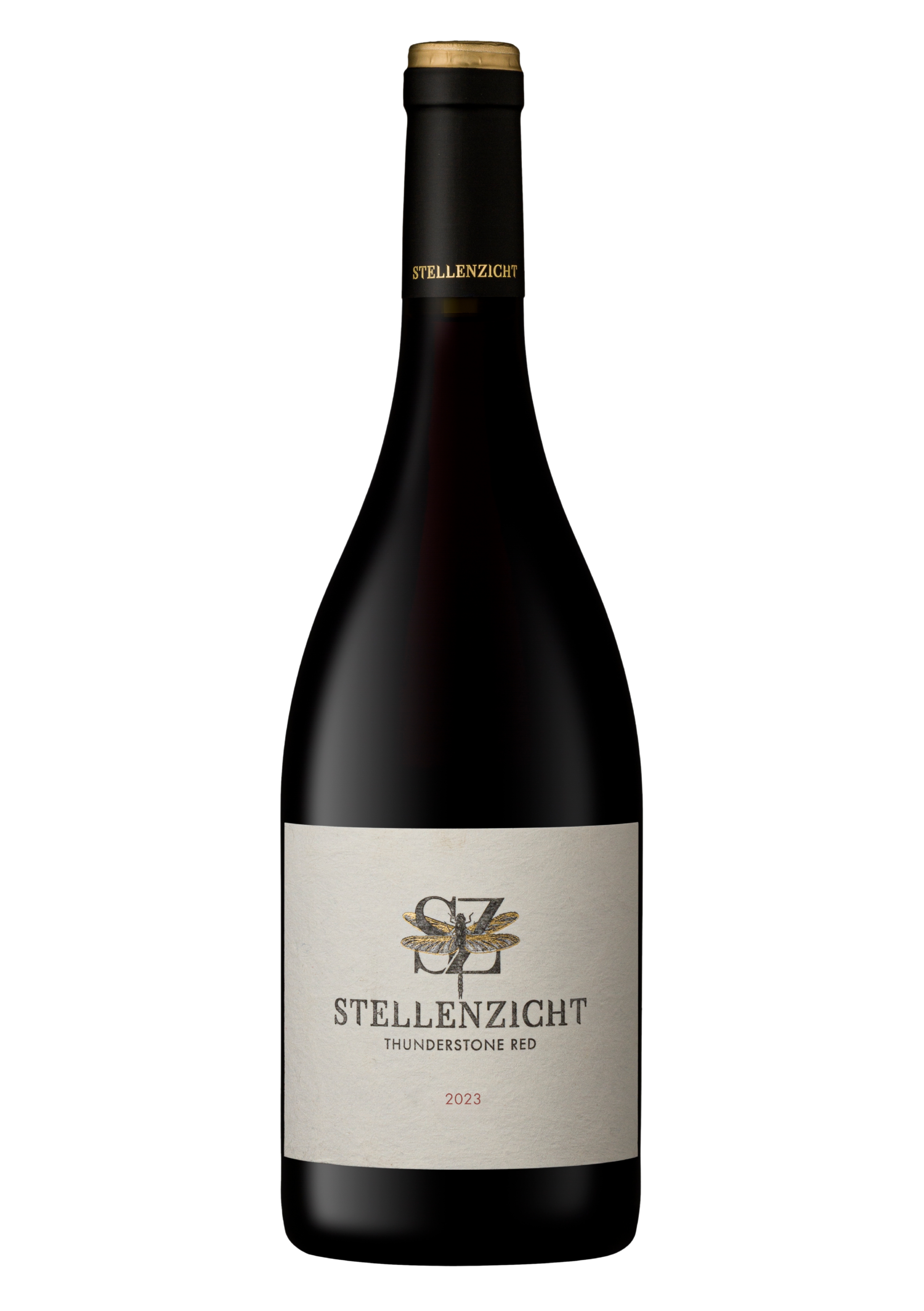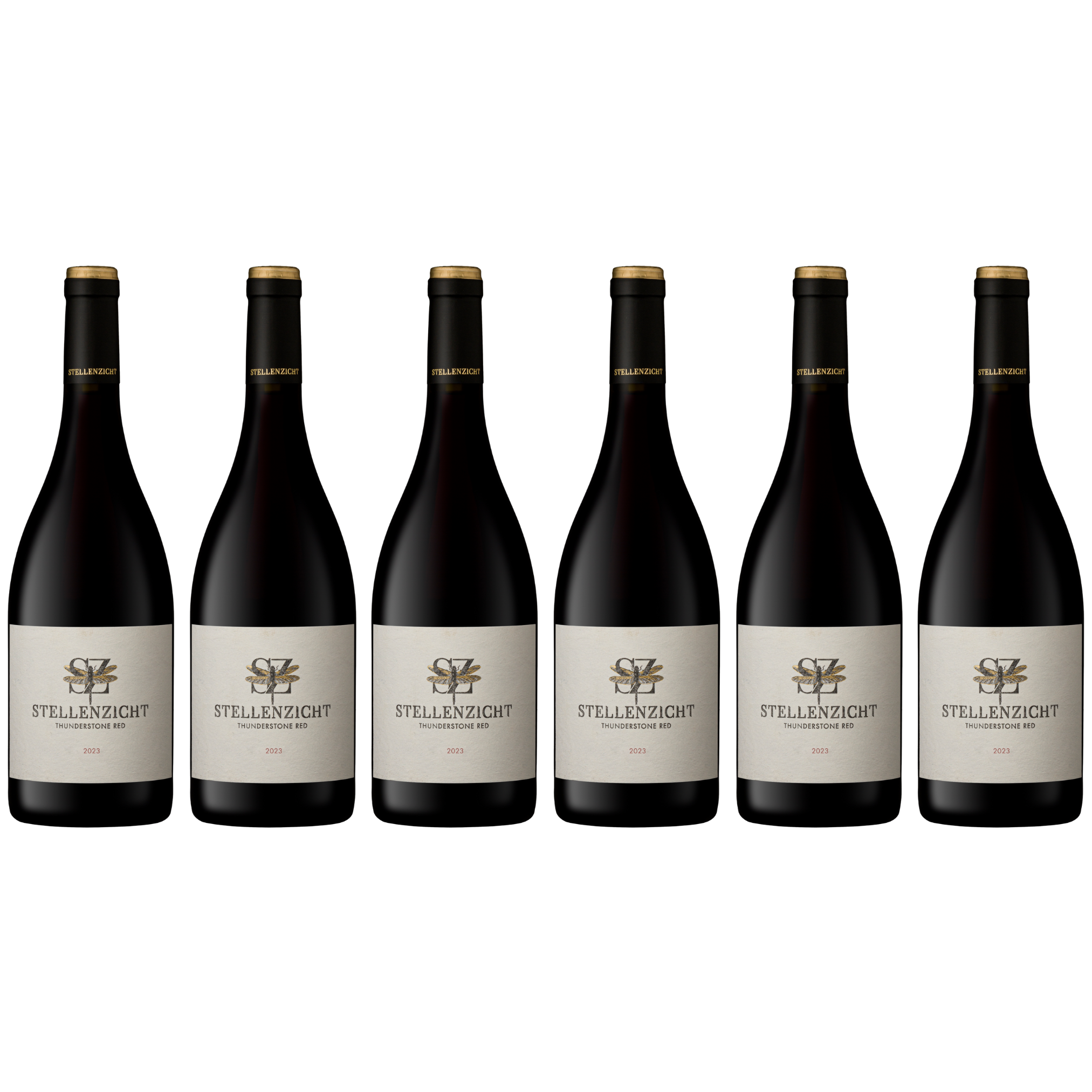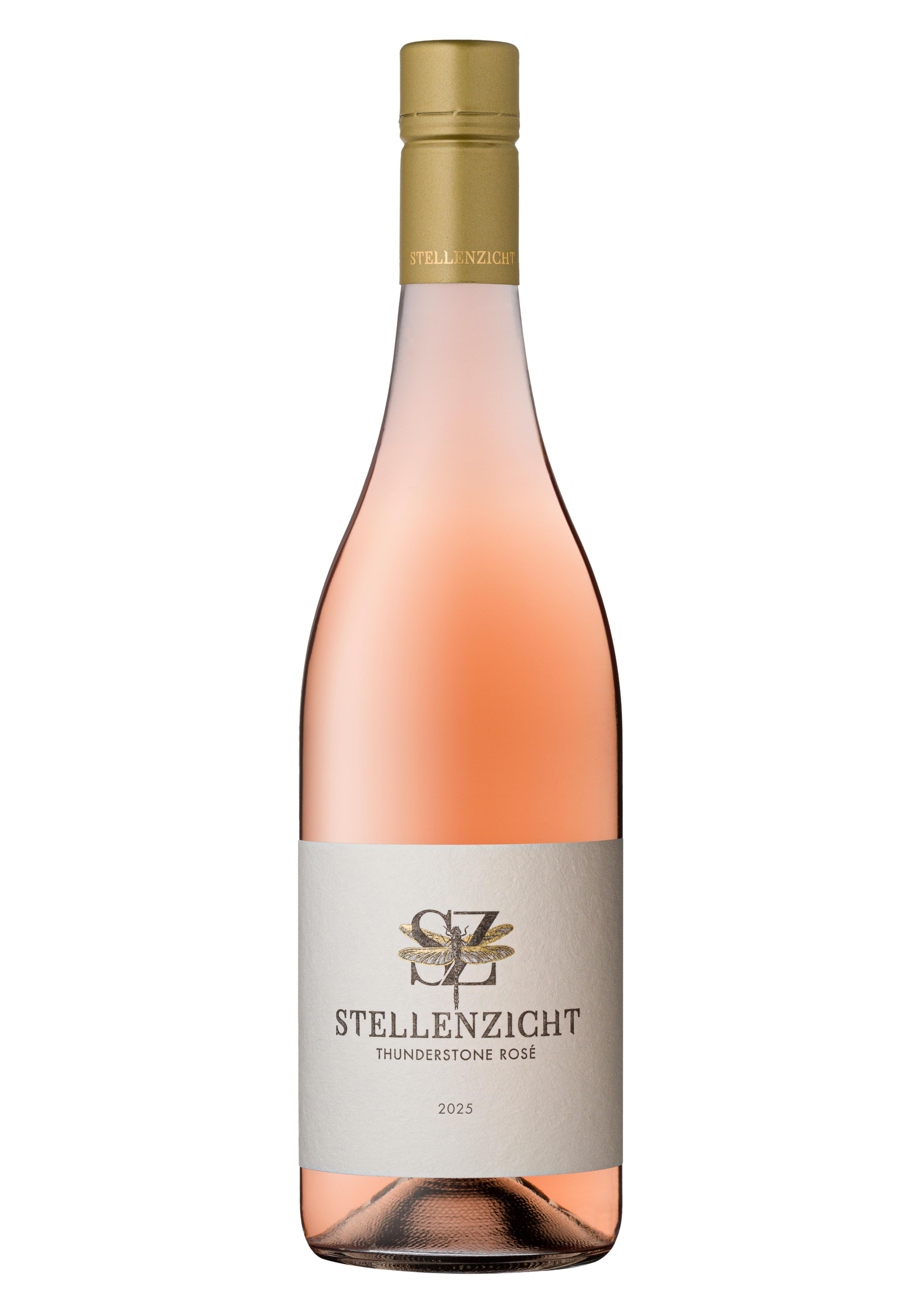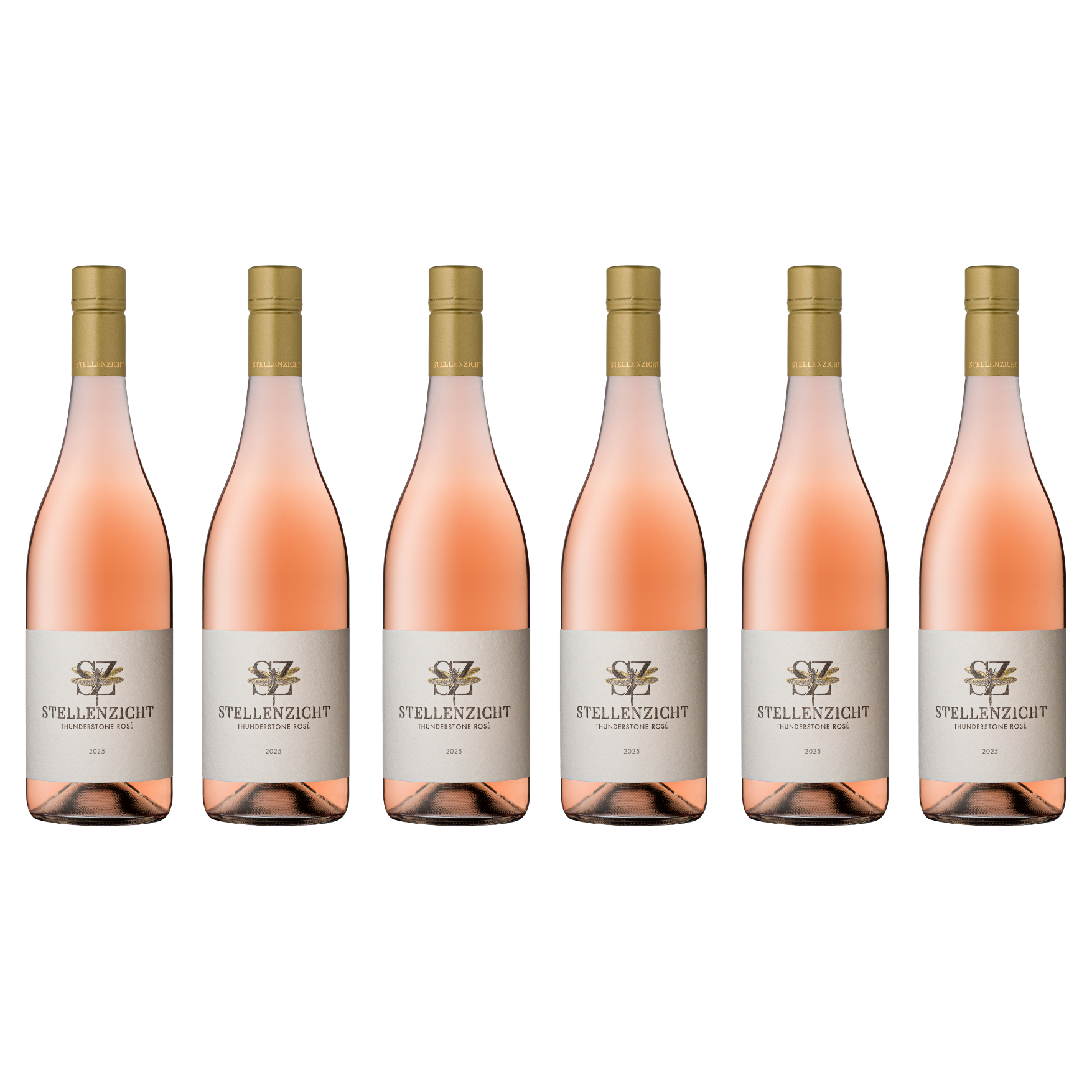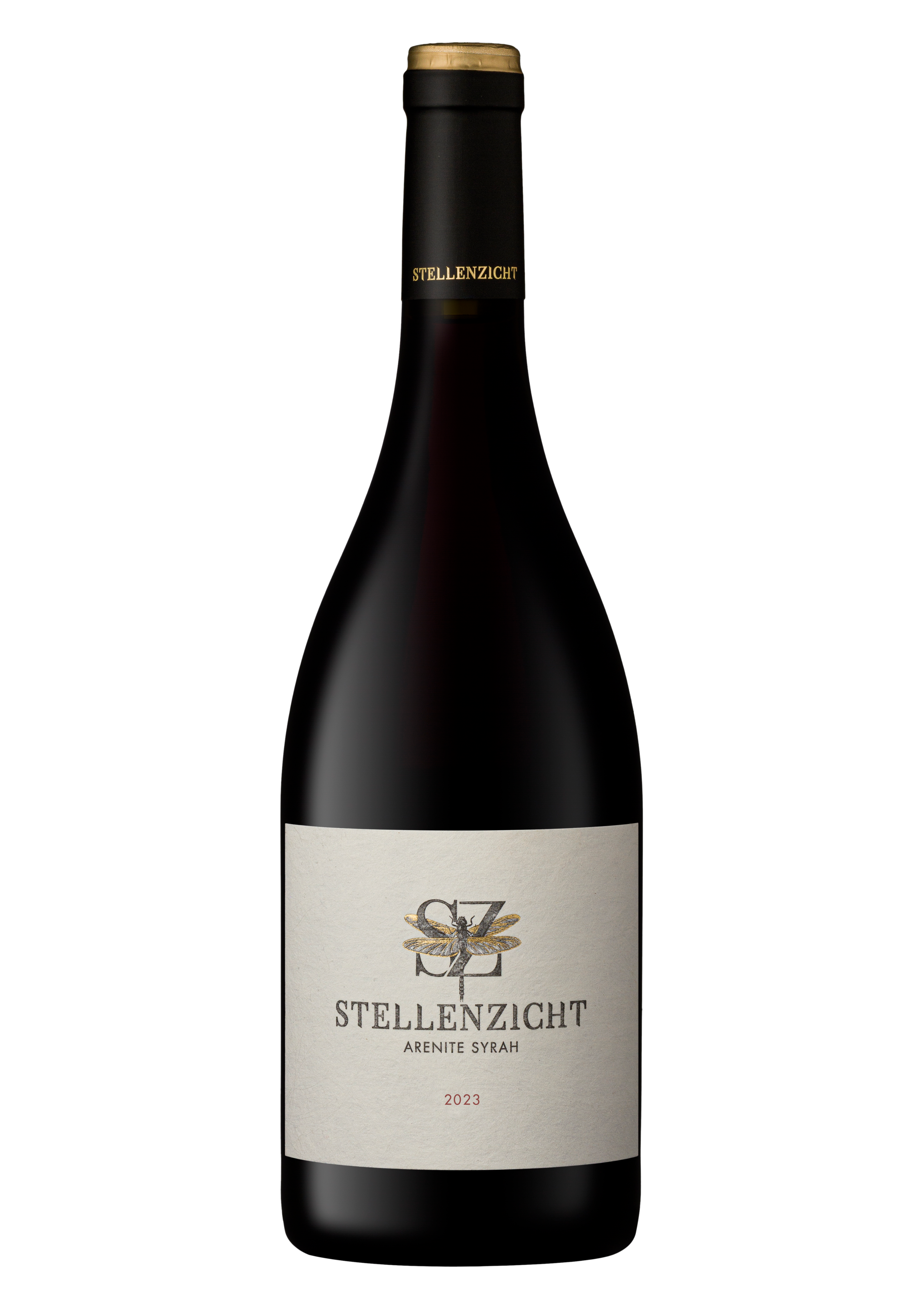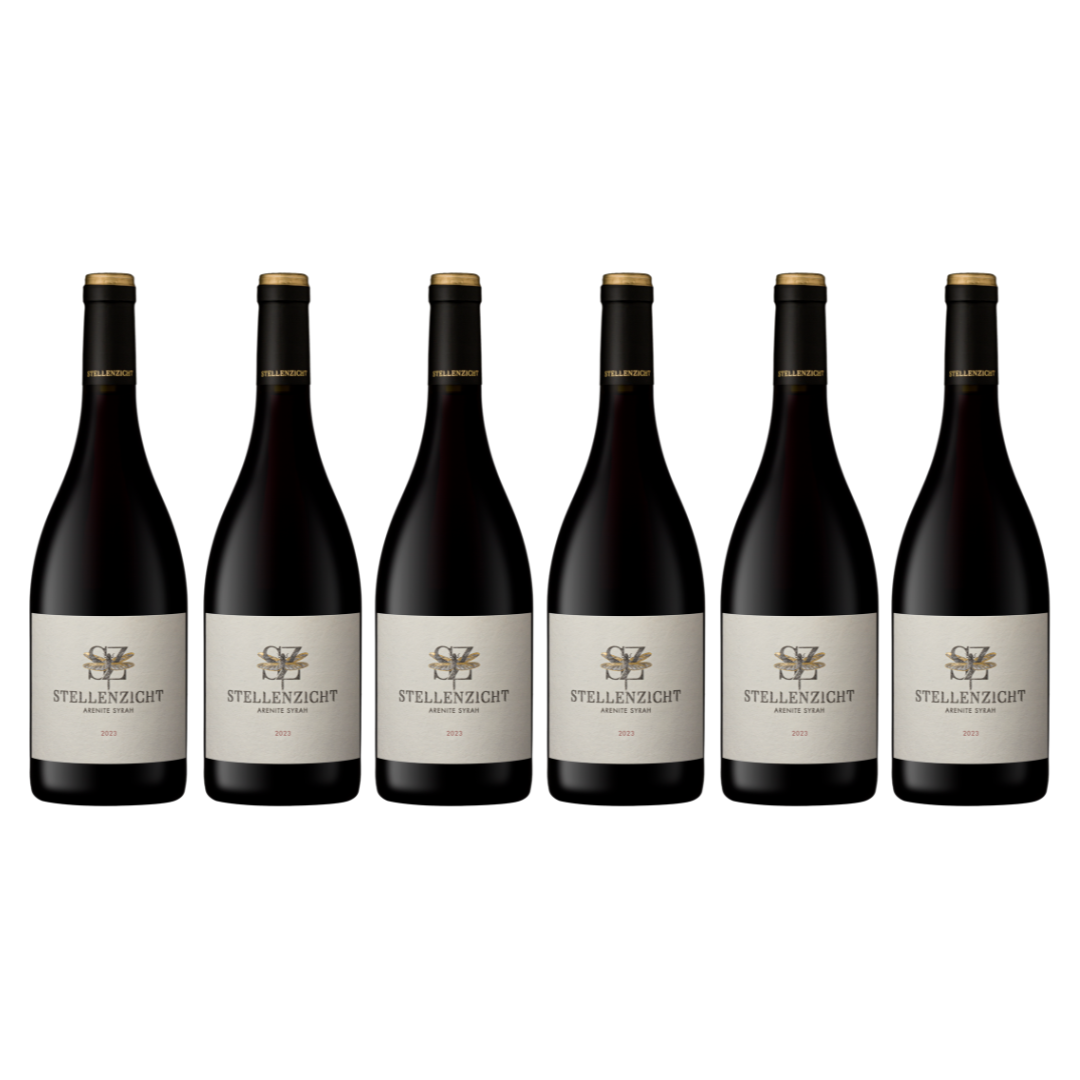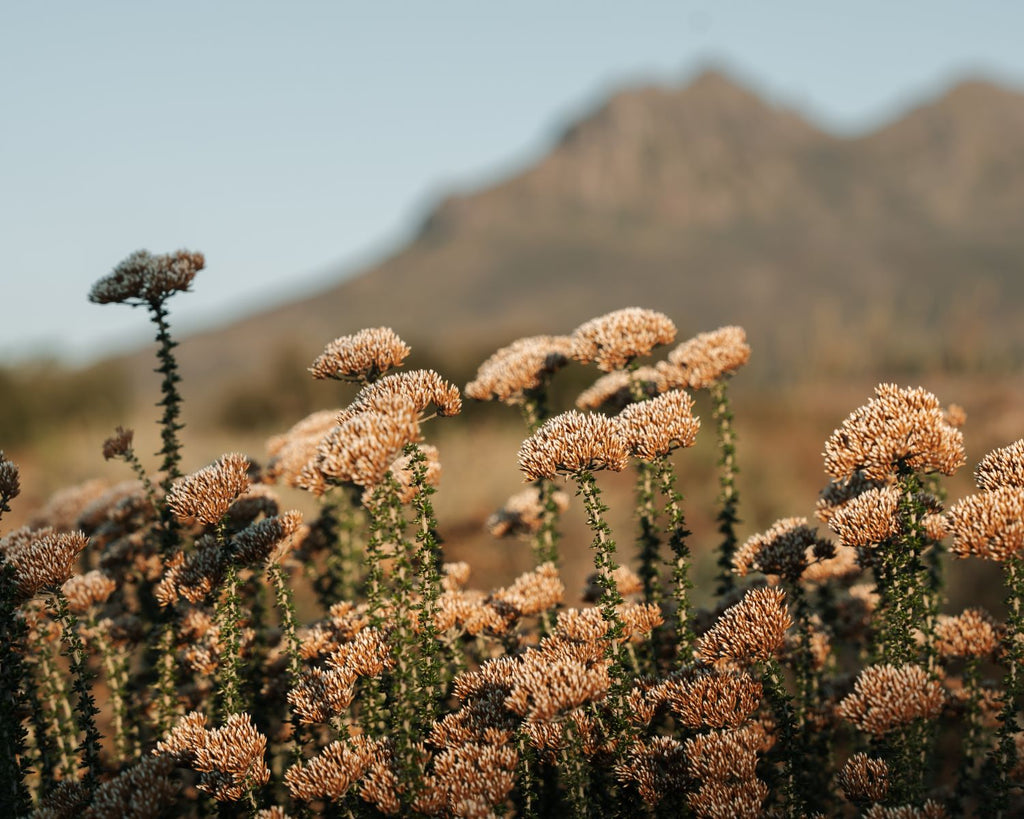
Fynbos and wine; a symbiotic relationship nurtured at Stellenzicht.

Fynbos, a unique vegetation type found in the Cape Winelands of South Africa, plays a crucial role in shaping the wines produced in this region. But how exactly does this diverse flora impact the characteristics of the wines that come from the Cape Winelands?
Rich Biodiversity
Fynbos is known for its incredible biodiversity, with thousands of plant species found nowhere else on Earth. This rich diversity contributes to the complexity and depth of flavors in the wines produced in the Cape Winelands. The plants in the Fynbos biome release aromatic compounds into the air, which can be absorbed by the grapevines and influence the final taste of the wine.
Unique Terroir
The presence of Fynbos in the Cape Winelands creates a unique terroir for the vineyards in the region. Terroir refers to the combination of factors such as soil, climate, and topography that influence the characteristics of the grapes grown in a particular area. The Fynbos biome adds a distinct floral and herbal note to the wines, giving them a sense of place and a true reflection of the local environment.
Biodiversity Conservation
Preserving the Fynbos biome is not only important for the quality of the wines produced in the Cape Winelands but also for the conservation of this unique ecosystem. Many wine producers in the region are committed to sustainable farming practices and biodiversity conservation to protect the Fynbos and ensure the long-term health of their vineyards.
In conclusion, the influence of Fynbos on the wines produced in the Cape Winelands of South Africa is undeniable. From the rich biodiversity that adds complexity to the flavors, to the unique terroir that gives the wines a sense of place, Fynbos plays a vital role in shaping the distinctive characteristics of the wines from this region.





